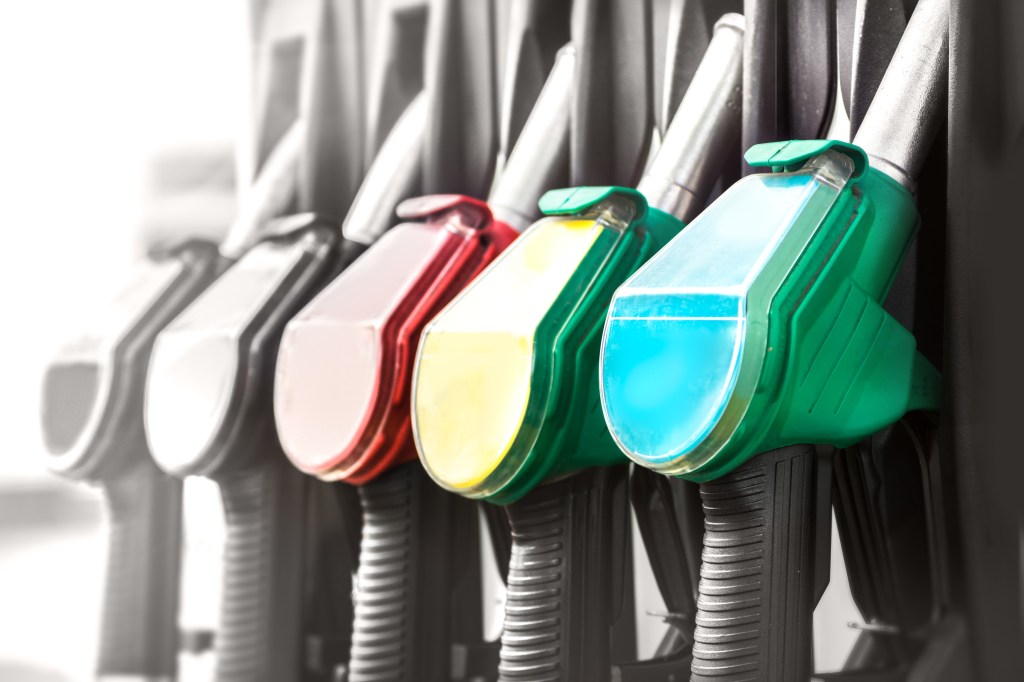
March quarter petrol prices rose to an average of 129.1 cents per litre, heading towards the last peak of 133.2 cents in September 2015.
The latest data from the ACCC showed prices in Perth were the highest, reaching 132.1 cents per litre (cpl).
“Higher petrol prices were primarily due to increases in international crude oil and refined petrol prices following the agreement by the Organisation of the Petroleum Exporting Companies (OPEC) cartel in November 2016 to limit crude oil production,” ACCC chairman Rod Sims said.
Mr Sims said that price cycling in larger cities remained a concern for drivers, with the largest average increase of 19.3 cents per litre in Adelaide.
“Many motorists are annoyed by the price cycles in the larger cities, which are the result of the profit maximising pricing policies of petrol retailers,” he said.
The size of these price hikes, however, do show that motorists can benefit from using information from fuel price apps to shop around as price cycle increases vary across petrol stations.”
The ACCC recommended consumers should buy fuel in the trough of price cycles, citing a $15 difference for Adelaide residents.
“Increasing the availability of fuel price data to motorists will help them shop around to get the best deal,” Mr Sims said.
Fuel price apps recommended included Motormouth and the NSW Fuelcheck scheme.
Good news for retailers
The ACCC reported that average gross retail margins saw an increase of 1.0cpl, bringing the average to 12.3cpl, the strongest margin since 2002.
“The ACCC believes that the increase in margins in recent quarters cannot be adequately explained by an increase in regulatory and compliance costs,” Mr Sims said.
“Petrol retail margins are currently higher than we think they should be.”

